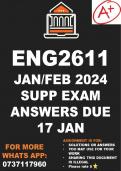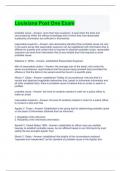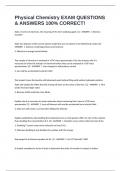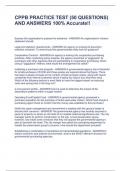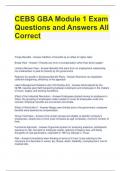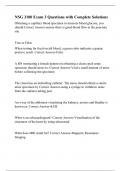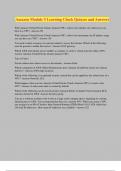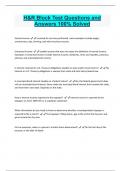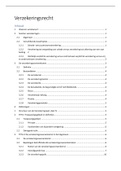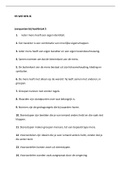Other
ENG2611 Supplementary Exam 2024 Answers Due 17 Jan
- Course
- ENG2611 (ENG2611)
- Institution
- University Of South Africa (Unisa)
ENG2611 Supplementary Exam 2024 Answers Due 17 Jan QUESTIONS ASKED: SECTION A Read the questions below carefully and write all your responses in paragraph form. QUESTION 1 1.1. Leland et al. (2013: 44) believe that Brian Cambourne’s seven conditions of learning apply to all cultural grou...
[Show more]
